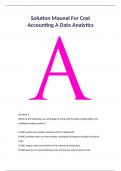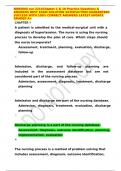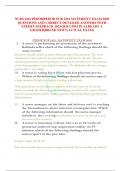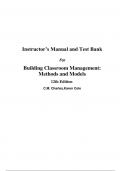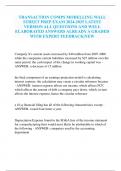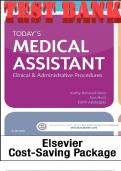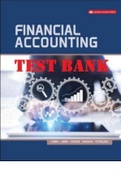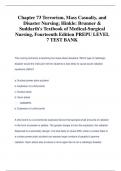Tentamen (uitwerkingen)
Solution Maunal For Cost Accounting A Data Analytics Approach 2024 Release By Margaret Christ, D. Kip Holderness and Vernon Richardson ( ALL CHAPTERS COVERED)
- Vak
- Instelling
Solution Maunal For Cost Accounting A Data Analytics Approach 2024 Release By Margaret Christ, D. Kip Holderness and Vernon Richardson ( ALL CHAPTERS COVERED)
[Meer zien]
